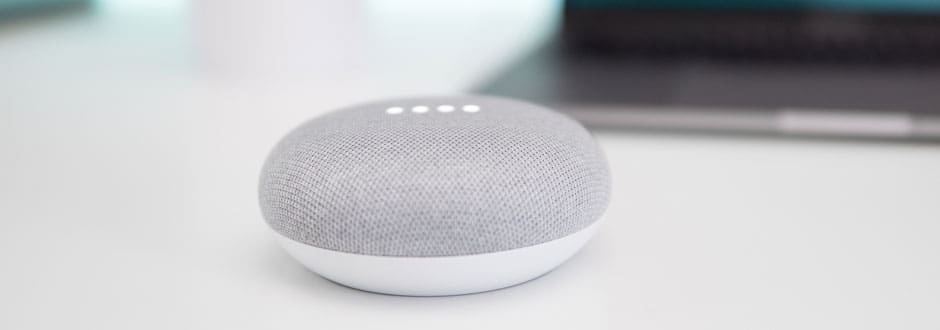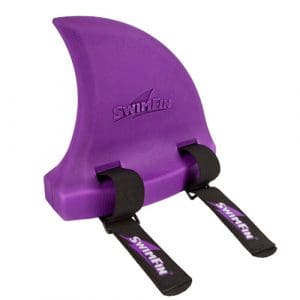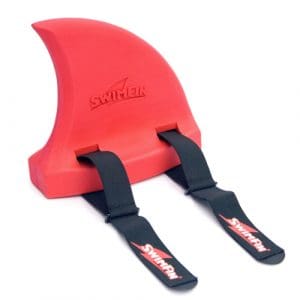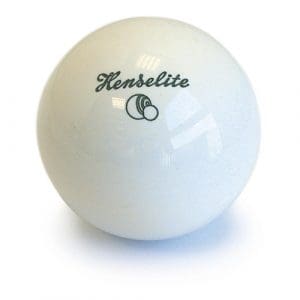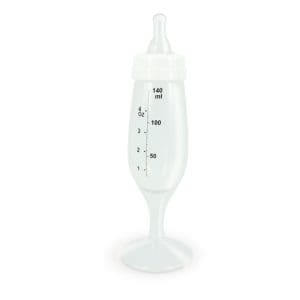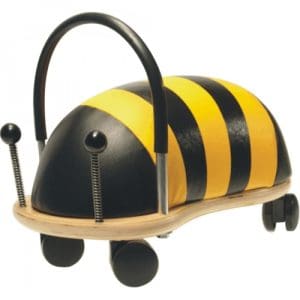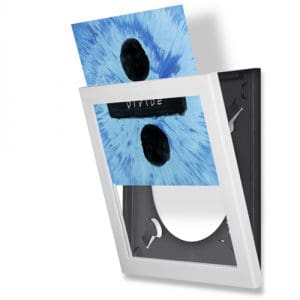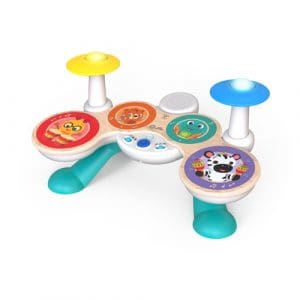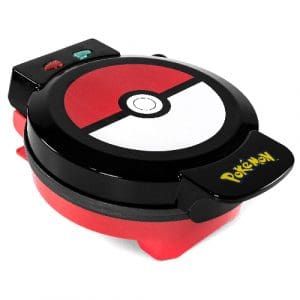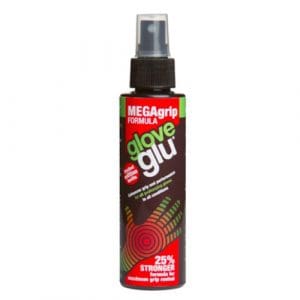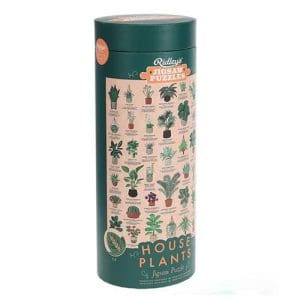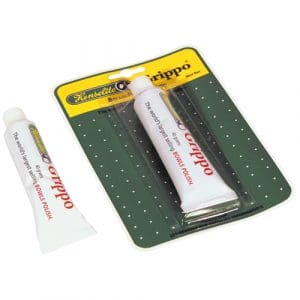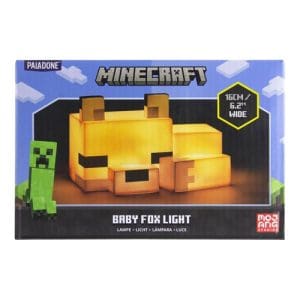Head into your friend's home in 2018 and it's highly-likely that you'll be greeted by a Smart Home Speaker in some shape or form. There are several different models available from many different manufacturers, so which one should you go for? In today's article we take a closer look at the Google Home Speaker.
There are three versions of the Google Home Speaker, and we'll take a look at all three today. Firstly, let's take a brief look at the history of this device.
History
Google officially unveiled the Google Home Speaker, following months of rumours, at their own developer conference in May 2016. This would be Google's entry into the Smart Home market, with their main aim being to defeat Amazon's Echo device.
It was confirmed that the Home speaker run the Google Assistant conversational software, which is Google's version of Apple's Siri or Microsoft's Cortana. The device was released in the US in November 2016, before being released here in the UK in April 2017.
Google Assistant on Google Home
The Google Assistant software allows you speak to your Google Home Speaker. There are several different things you can do with this technology, such as:
Asking Google Questions
The Google Assistant will search the web to provide you with the answers you're looking for. So, if you're wanting the weather forecast you would say; Ok Google, What's the weather forecast in London today? The answer will then be played out-loud through the speaker.
You can also find and follow step-by-step recipes for use in the kitchen, search for your favourite team's scores and fixtures, ask for translations of words, the amount of calories in a certain food and for currency conversions.
Music
Google Home supports streaming services such as Spotify, Google Play, YouTube Premium and Deezer. Once connected, simply ask Google to play the song of your choice. For example; "Hey Google.... Play Umbrella by Rihanna."
News & Radio
You can also ask your speaker to update you with the latest news headlines from different outlets. Alternatively, you can ask Google to play your favourite radio station or podcast through the speaker.
Entertainment Links
With Chromecast you can link your Google Home device to your TV and play, pause and control the volume with your voice. This means you can ask Google Home to play your favourite shows form streaming sites like Netflix and YouTube.
Supported Smart Technology
Google Home can connect to a number of supported Smart Home items such as your thermostat, lights, switches and plugs. For example, you can ask Google to turn the kettle on, turn up the thermostat, what the temperature is inside and to turn on the kitchen lights.
Here's a list of companies/devices which support the Home speaker.
Original Google Home
The original Google Home speaker almost looks like an air freshener or small vase, with a wide bottom and tapered top. Google offers two types of bases to match your home decor: metallic and fabric, each with different colours and finishes.
The metallic options are made from painted steel or polycarbonate and is available in copper, snow or carbon colours. Meanwhile, with the fabric models you can choose between mango, marine and violet, as well as the standard white.
At the top of the device is a touch sensitive panel which will allow you to change the volume, pause music or activate Google Assistant with a tap. For multi-coloured lights will twist and whirl around the indicate that your voice command has been recognised by the speaker. The standard speaker comes with two built-in microphones.
The Google Home Speaker can connect to a number of other Smart Home products, such as:
- Phillips Hue Lightbulbs.
- SmartThings by Samsung.
- Nest Thermostats.
Google Home Mini
The mini version of the Google Home Speaker was released in October 2017. The mini is a pebble-shaped speaker, with the top side speaker covered in a fabric mesh. The device is available in a range of colours, such as red, black and grey.
The fabric mesh speaker is very clever, as the system reacts when you touch it in a few areas. Touching the top of the device will pause and resume music, whilst touching the left and right sides of the speaker will lower and raise the volume. Four LED lights will appear when you summon the speaker with your voice, to confirm that your action has been registered.
The Google Home Mini Speaker includes a micro USB port, used to provide its power as it is battery free like the Amazon Echo Dot. There is also a microphone switch that will enable users to turn off active listening.
According to Tech Radar:
"It’s more than enough if you’re simply using it to get a glimpse at your calendar, hear the latest news or phone a friend with its free voice calling (available now in US, coming later in the UK). But if you’re looking for something that will faithfully reproduce your favourite music, this isn’t the best solution out there. This mini speaker can get fairly loud, but there’s no bass in the delivery."
Google Home Max
The Max edition of Google Home was released in December 2017. This is a much larger device than the other models available in the range, a looks more like a traditional speaker unit - weighing 11.6 pounds. The max can stand vertically orientated or horizontally thanks to the magnetic resting pad.
Its speaker is the most powerful in the range too, and there are plenty of ports available on the device. It has six far-field microphones, a USB-C port for charging and a 3.5mm jack for analogue devices to connect. The Home Max can use a USB-C to Ethernet dongle to put together a more reliable wired connection.
In their review, Tech Radar comment:
"In order for the Max to be worth it, it must not only be able to deliver the same Google Assistant that we know and (mostly) love, but it then has to get loud as heck while sounding good in the process. The good news it that, as long as you have the physical space and budget for it, this speaker passes with flying colours - sound comes through with a rich, layered quality from the moment that it’s plugged in."
